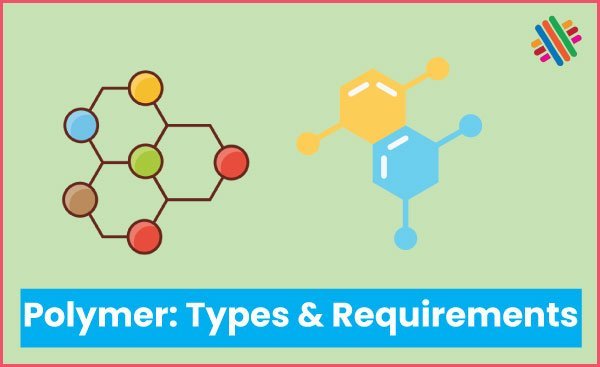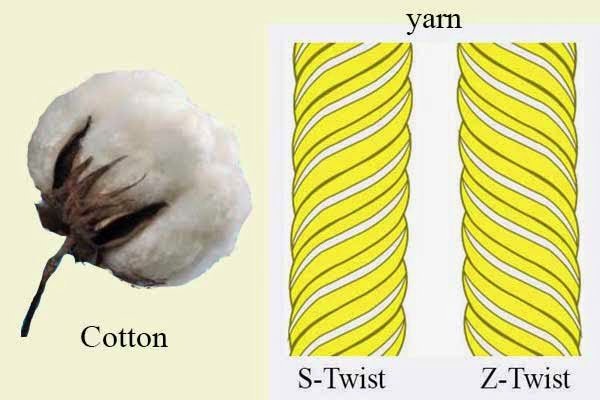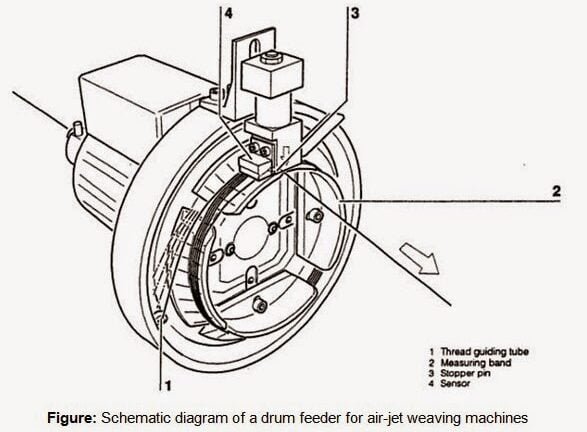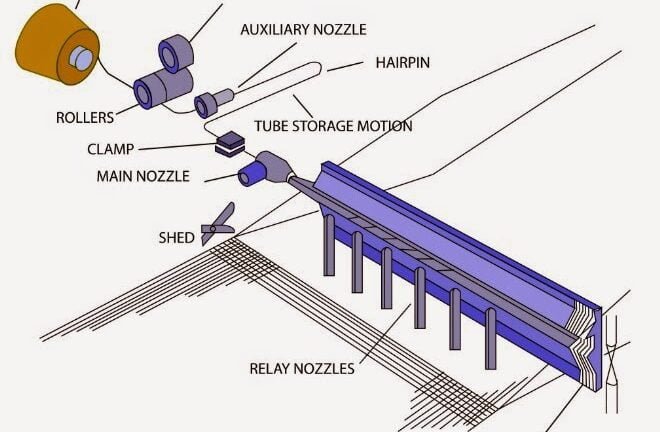The 17 Best Women’s Outerwear
Clothing is divided into different categories depending on which part of the body we wear and for which purpose they serve, such as casual wear, innerwear, outerwear, etc. Not only for going outside, but the ….. Read More






